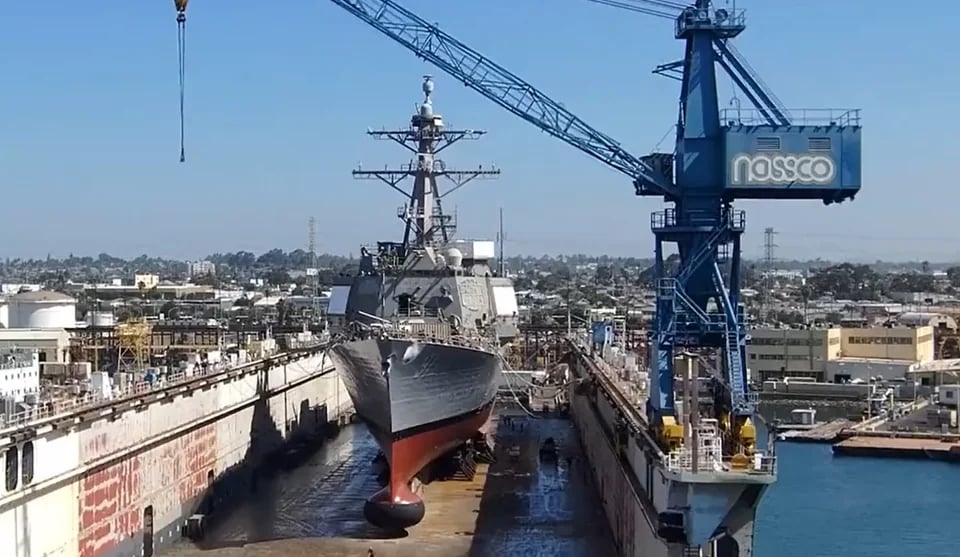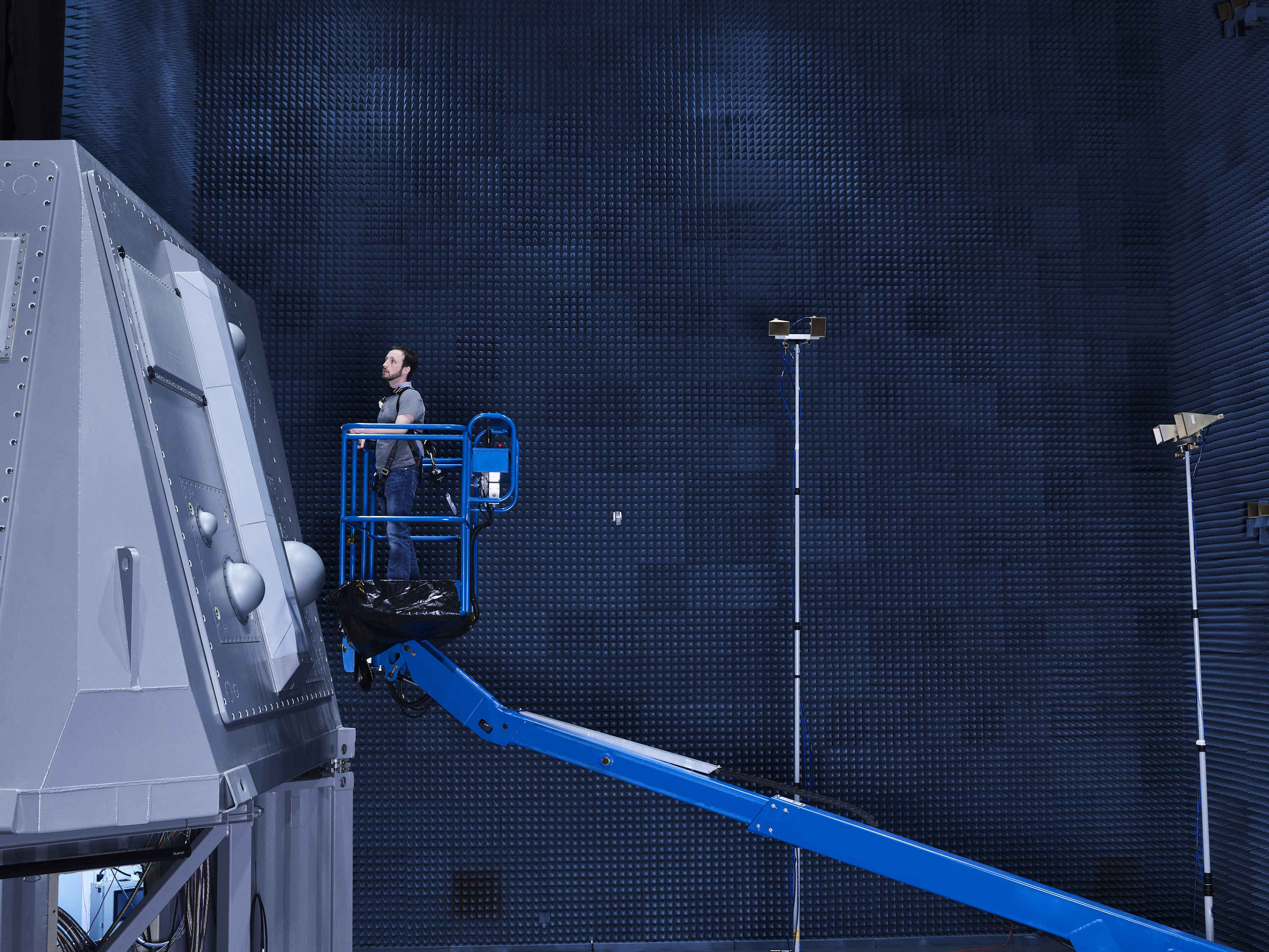
ARLINGTON, Va. – The plan to upgrade the Navy’s fleet of Flight IIA Arleigh Burke guided-missile destroyers with new radars and electronic warfare suites is estimated to cost about $17 billion and take anywhere from a year and a half to two years to upgrade each warship, USNI News has learned.
The service has been working for the last several years to develop a plan to back fit about 20 Flight IIAs with the AN/SLQ-32(V)7 Surface Electronic Warfare Improvement Program Block 3, the AN/SPY-6 air and missile defense radar and the Baseline 10 version of the Aegis Combat System.
The DDG MOD 2.0 effort is starting with the first installation of SEWIP aboard USS Pinckney (DDG-91) during a $121 million modernization period currently underway at General Dynamics NASSCO shipyard in San Diego, Calif.
“We’re kind of in a little bit of a crawl, walk, run process,” commander of Naval Sea Systems Command Vice Adm. Bill Galinis told USNI News earlier this month.
“We’re installing SEWIP on Pinckney in San Diego right now and that effort is going very well.”

Service officials have told industry that the cost estimation to do the installations aboard 20 ships is about $17 billion, three sources familiar with the conversations told USNI News.
A Navy official confirmed to USNI News that the estimated time to install all three major systems – the Raytheon-built radar, Northrop Grumman’s SEWIP Block 3 and Lockheed Martin’s Baseline 10 combat system, along with other modernizations – could run from 18 to 24 months.
SEWIP will be a major upgrade to the surface Navy’s electronic attack arsenal and service has said it’s key to defeating incoming attacks on surface ships.
“SEWIP Block 3 will include improvements for the electronic attack by providing integrated countermeasures against radio frequency-guided threats and extending frequency range coverage,” the Navy said in a statement 2015 after issuing a $267 million award to Northrop Grumman.
The Navy has been incrementally improving the electronic warfare systems on its destroyers over the 1970s era AN/SLQ-32 “Slick 32s,” with Block I awards to General Dynamics and Block II to Lockheed Martin.
SEWIP will be housed in a sponson between Pinckney’s existing SPY-1D(v) faces. A video released in August from NASSCO shows the destroyer undocking with white plastic over the areas where the system were installed.
NAVSEA told USNI News that the DDG Mod 2.0 program will use the Raytheon AN/SPY-6(v)4 radar, a version of the active electronically scanned array radar that the service is building its new Flight III guided-missile destroyers around.
SPY-6 is based on two-foot squared cubes that are linked together to create the radar. The version for the Flight IIIs is made up of 37 blocks per radar face, while the Flight IIA back fit will include 24 blocks.

“The engineering has already been done and matter of fact is what the shipbuilders will do is they’ll remove all the SPY-1 equipment off the ship. Our 24-[cube] array configuration has an adapter plate that goes on the array that actual bolt into the exact location where the SPY-1 was and there’s no weight issues at all from a topside perspective,” Raytheon SPY-6 program director Mike Mills told USNI News on this month.
It’s unclear when the Navy will move ahead with the back fit program in earnest beyond the SEWIP installations. The Navy is approaching DDG MOD 2.0 as a major acquisition program, Galinis told USNI News.
“What we’re really looking at doing is trying to manage [DDG MOD 2.0] more like an acquisition program where we determine the contractor that’s going to do that work, to provide that on a repeatable basis to drive learning, and to lower the costs and scheduling applications to the ship,” he said.
For their part, some in Congress have been skeptical of the program based on the Navy’s largely unsuccessful attempt to modernize its guided-missile cruise fleet.
“It is unclear to the [Senate Armed Services] committee how the Navy’s more ambitious near-term modernization plans for destroyers, including back fitting a SPY-6 radar and installing a larger electronic warfare system, could succeed if the Navy cannot manage the cruiser phased modernization program,” reads report language from the Fiscal Year 2023 National Defense Authorization Act.





